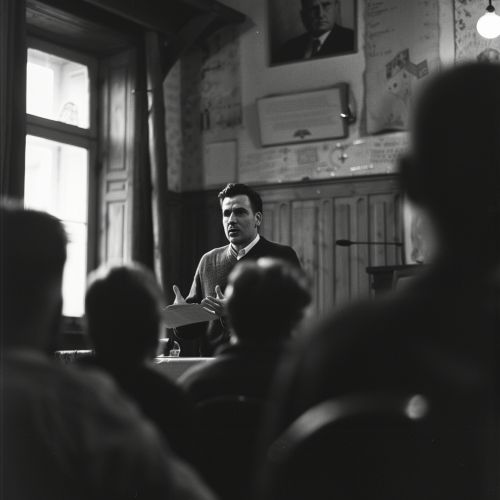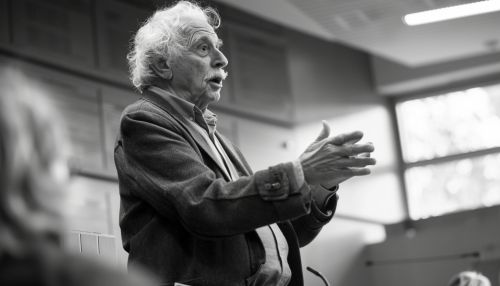Allen Newell
Early Life and Education
Allen Newell was born on March 19, 1927, in San Francisco, California. He attended Stanford for his undergraduate studies, where he received a Bachelor of Science degree in Physics in 1949. He then went on to earn his Ph.D. in Industrial Administration from the Carnegie Institute, now known as Carnegie Mellon University, in 1957.
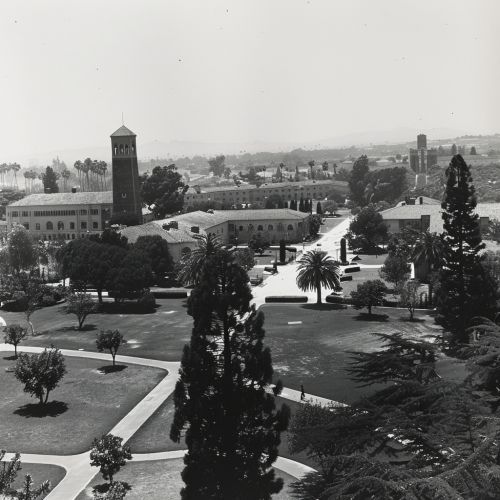
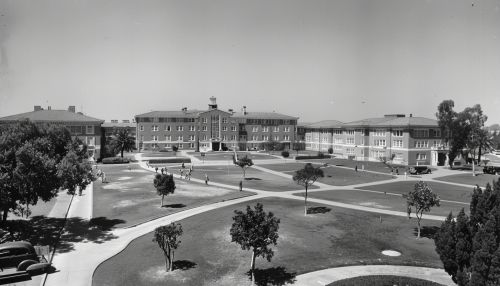
Career
Newell's career was marked by his significant contributions to the fields of artificial intelligence (AI) and cognitive psychology. He is best known for his work on the Logic Theorist, which is often considered the first artificial intelligence program. He developed this program in collaboration with Herbert Simon and Cliff Shaw at the RAND Corp in the mid-1950s.
Newell and Simon continued their collaboration, resulting in the development of the General Problem Solver (GPS) in 1957. GPS was an extension of the ideas introduced in the Logic Theorist and was designed to be a universal problem solver machine.
In the 1960s, Newell, along with his colleagues at Carnegie Mellon University, developed the Soar architecture for general intelligence. Soar was a symbolic system for unified theories of cognition, which aimed to explain how natural and artificial intelligent systems can adapt and learn from their environment.
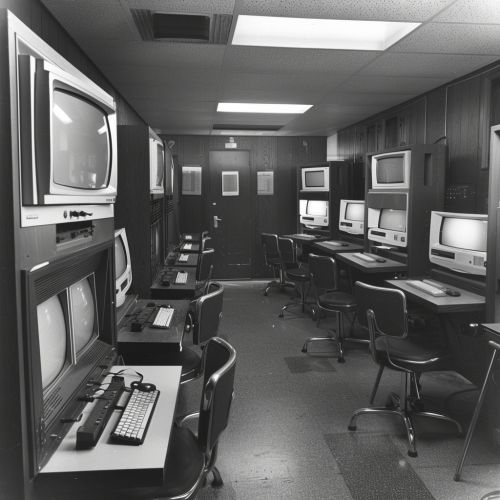

Contributions to Computer Science
Newell made several significant contributions to the field of computer science. He was instrumental in the development of the field of artificial intelligence and was a pioneer in the development of AI programming languages. He also made significant contributions to the understanding of human problem-solving capabilities and the development of models of human cognition.
In addition to his work on the Logic Theorist and the General Problem Solver, Newell also contributed to the development of the Information Processing Language (IPL), one of the first high-level programming languages specifically designed for artificial intelligence and cognitive simulation.
Newell's work on the Soar architecture was also a significant contribution to the field of computer science. Soar was one of the first cognitive architectures to provide a unified theory of cognition, integrating a wide range of cognitive processes into a single framework.
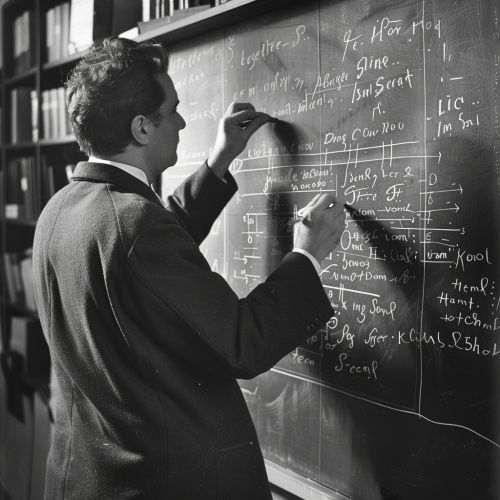
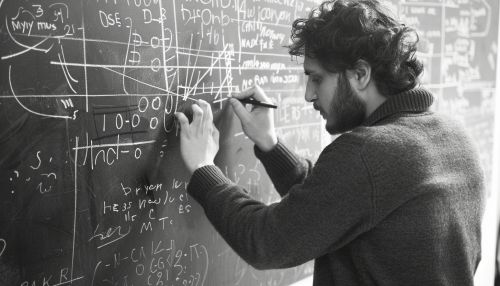
Awards and Honors
Throughout his career, Newell received numerous awards and honors for his contributions to the fields of artificial intelligence and cognitive psychology. In 1975, he was awarded the ACM Turing Award, often considered the highest honor in computer science, for his work on artificial intelligence. He also received the National Medal of Science in 1992, one of the highest honors awarded by the United States government for contributions to science and engineering.
In addition to these honors, Newell was also elected to the National Academy of Sciences, the American Academy of Arts and Sciences, and the American Philosophical Society. He was also a fellow of the American Association for the Advancement of Science and the Association for Computing Machinery.


Death and Legacy
Allen Newell died on July 19, 1992, in Pittsburgh, Pennsylvania. His work has had a profound impact on the fields of artificial intelligence, cognitive psychology, and computer science. His ideas and theories continue to influence these fields today.
Newell's work on the Logic Theorist and the General Problem Solver laid the groundwork for the development of artificial intelligence. His work on the Soar architecture has influenced the development of cognitive architectures and models of human cognition. His work has also influenced the development of AI programming languages and the field of human-computer interaction.
